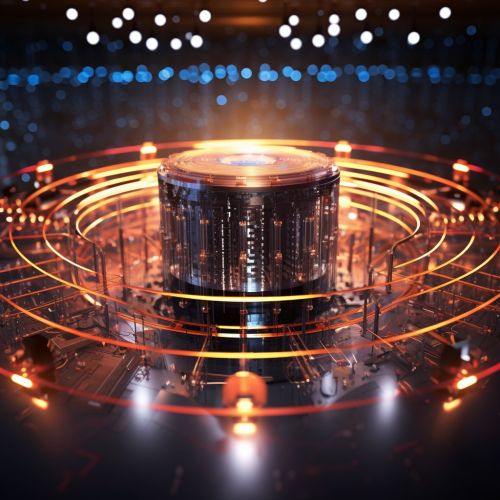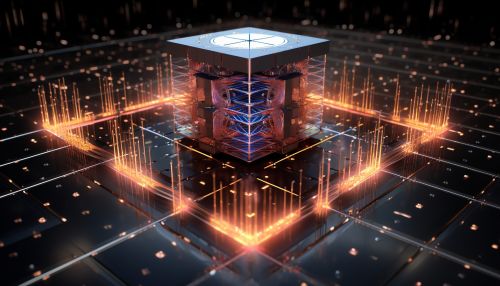Quantum Computing with Topological Quantum Codes
Introduction
Quantum computing is a rapidly evolving field that leverages the principles of quantum mechanics to perform computations. One of the key challenges in this domain is the development of quantum error correction codes, which are crucial for maintaining the integrity of quantum information. Among the various types of quantum error correction codes, Topological quantum codes have emerged as a promising solution due to their robustness against errors. This article delves into the intricacies of quantum computing with topological quantum codes, discussing their theoretical underpinnings, practical implementations, and potential applications.


Quantum Computing
Quantum computing is a computational paradigm that utilizes the principles of quantum mechanics, such as superposition and entanglement, to process information. Unlike classical bits, which can be either 0 or 1, quantum bits or qubits can exist in a superposition of states, enabling them to perform multiple calculations simultaneously. This property makes quantum computers potentially far more powerful than their classical counterparts for certain tasks.
Quantum Error Correction
However, qubits are highly susceptible to errors due to decoherence and other quantum noise. This necessitates the use of quantum error correction (QEC) codes, which can detect and correct errors without disturbing the quantum state. QEC codes are a crucial component of fault-tolerant quantum computing, a paradigm that aims to build reliable quantum computers in the presence of errors.
Topological Quantum Codes
Topological quantum codes, also known as topological stabilizer codes, are a class of QEC codes that exploit the properties of topological order to protect quantum information. These codes are defined on a two-dimensional lattice of qubits, where quantum information is stored non-locally in the global properties of the lattice. This makes them highly robust against local errors, which are the most common type of errors in quantum systems.
Kitaev's Toric Code
One of the earliest and most well-known examples of topological quantum codes is the Toric code, proposed by Alexei Kitaev in 1997. The Toric code is defined on a two-dimensional lattice of qubits arranged on the edges of a square lattice. The code's error correction procedure involves measuring the parity of qubits around each plaquette and vertex of the lattice, which forms a topological invariant. This allows the code to detect and correct errors without disturbing the encoded quantum information.
Surface Codes
Another prominent example of topological quantum codes is the Surface code, which is currently the leading candidate for implementing fault-tolerant quantum computing due to its high error threshold and compatibility with existing quantum hardware. The Surface code is defined on a two-dimensional lattice of qubits, where the qubits are arranged in a checkerboard pattern of data and measurement qubits. The error correction procedure involves measuring the parity of qubits around each plaquette and vertex, similar to the Toric code.
Applications of Topological Quantum Codes
Topological quantum codes have a wide range of applications in quantum computing and quantum information theory. They are primarily used for implementing fault-tolerant quantum computing, which is essential for building large-scale, practical quantum computers. Additionally, they also have applications in quantum communication, quantum cryptography, and quantum simulation.
Future Directions
The field of quantum computing with topological quantum codes is still in its nascent stages, with many open questions and challenges. Future research will likely focus on improving the error threshold of topological quantum codes, developing efficient decoding algorithms, and exploring their applications in other areas of quantum computing and quantum information theory.
